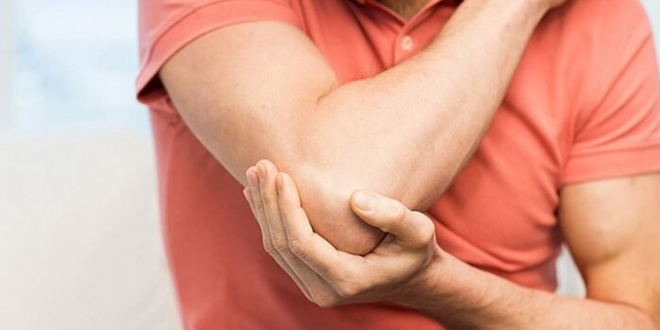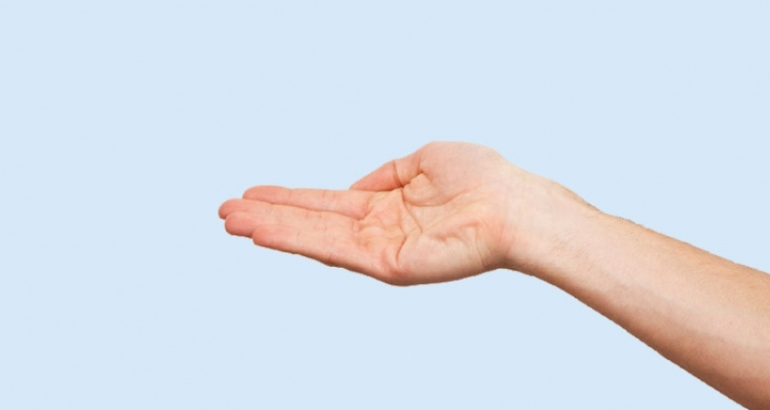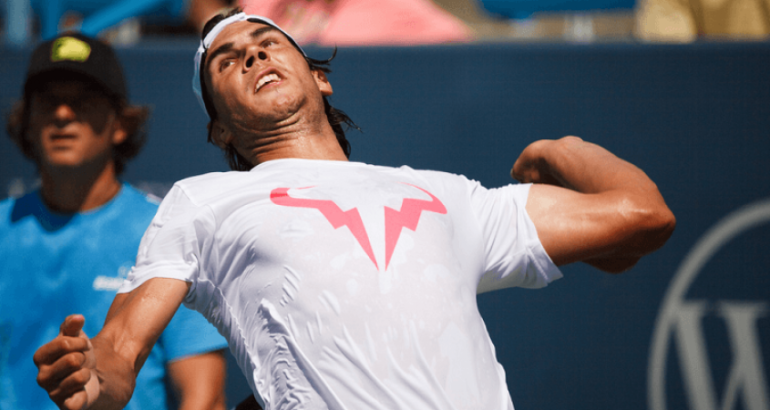Golfer’s elbow is a disease characterized by pain and tenderness in the bone protrusion located on the inner side of the elbow. The elbow joint is located between the bone called the humerus on the upper arm and the ulna on the lower arm. The bone protrusions in the lower part of the humeral bone are called epicondyle. The inner side of these is called medial epicondyle.
Golfer’s elbow is most common in men aged 20 to 49 years. However, this can also affect people who are constantly pressured on the wrists and fingers. The beams of the arm muscles responsible for wrist bending function adhere to the medial epicondyle. Golfer’s elbow may occur due to excessive use of these muscles. With excessive use of the muscles, the tendons are exposed to repetitive tensile force in the region where they adhere. This results in inflammation and minor tears in the tendons. This causes pain. Medial epicondylitis is commonly seen in golfers, also known as golfer’s elbow. It can also be found in racquet sports, writers and carpenters. Golfer’s elbow pain occurs on the inner side of the elbow, spreads towards the inner edge of the forearm, and increases if the hand is punched.
As with the tennis elbow, the primary treatment is conservative (non-operative). In conservative treatment, surgical treatment is applied when the desired result is not achieved.



